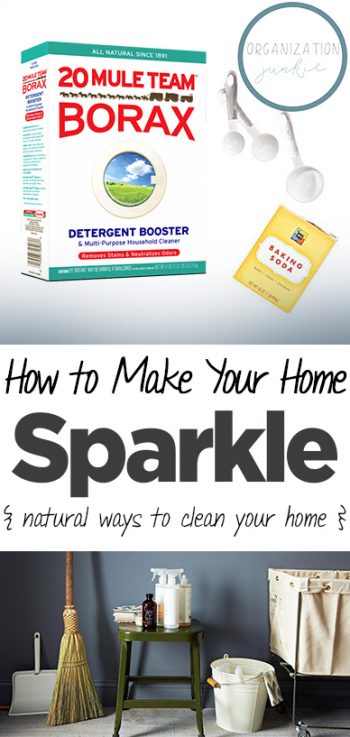
Raise your hand if you like a dirty house. Yeah, we didn’t think so. Now, raise your hand if you like using stinky and potentially-hazardous chemicals to get your house clean. You probably don’t go for that, either. Well, if you like a clean home but aren’t terribly fond of cleaners that could be dangerous for you, your kids, or your pets, stay tuned. We’ve got some pretty great safe and natural ways to clean your home.
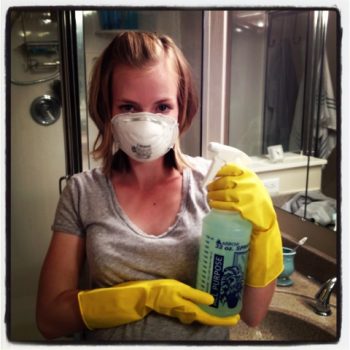
1. Vinegar
You’ve surely heard that vinegar is great for cleaning, but have you actually tried it? Vinegar can be used for hard water, laundry, soap scum, toilets, and more. Maybe best of all, it inhibits the growth of mildew, mold, and even E. coli and salmonella bacteria. You can even buy stronger cleaning formulas by the gallon.
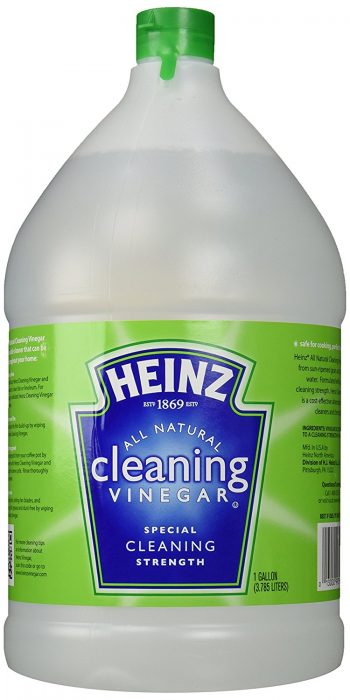
2. Castile Soap
Liquid castile soap is great at loosening dirt and other yucky stuff from many surfaces. Use it on your car, floors, tile, countertops, and more. And it’s one of the safest ways you can clean.
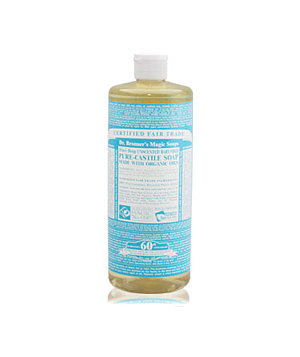
3. Lemons
Lemons or lemon juice can be used to safely clean fixtures, like faucets. It’s also useful on grout, dishes, and does wonders when freshening up a garbage disposal!
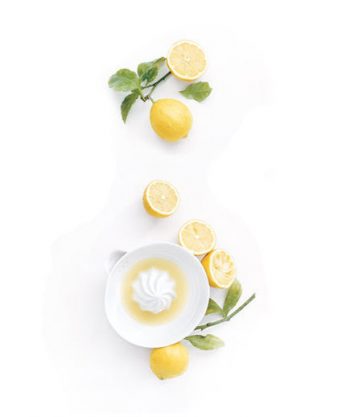
4. Borax
While you wouldn’t want to eat borax, it’s a great way to clean your home more safely. It’s particularly useful in the laundry room, as it’s great for removing stains and whitening whites. It’s also great for cleaning your delicate china, freshening your dishwasher, and scrubbing your toilet.
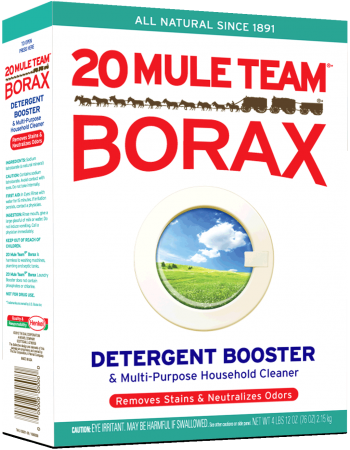
5. Baking Soda or Washing Soda
You’ve heard of baking soda, but you might not have heard of washing soda. It’s available in larger boxes on the laundry aisle of many supermarkets. But either one can be used for cleaning the grates on your stove, walls, stained dishes, even upholstered furniture.
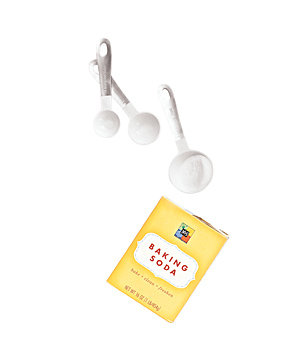
6. Toothpaste
Sure, it’s great for your teeth. But toothpaste (paste, not gel) is also useful for tarnished silver, chrome fixtures, jewelry, scuffed shoes, and cleaning your iron.
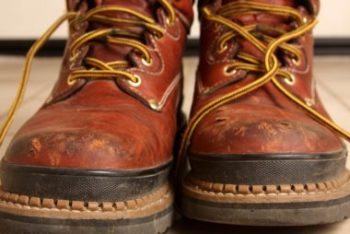
7. Salt
Next time you salt your food, think outside the shaker. It can be used for cleaning greasy cookware, cleaning up oven spills, and removing the dust from artificial flowers (really!) It’s all in the techniques. Find a few here.
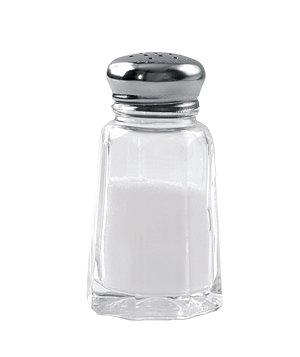

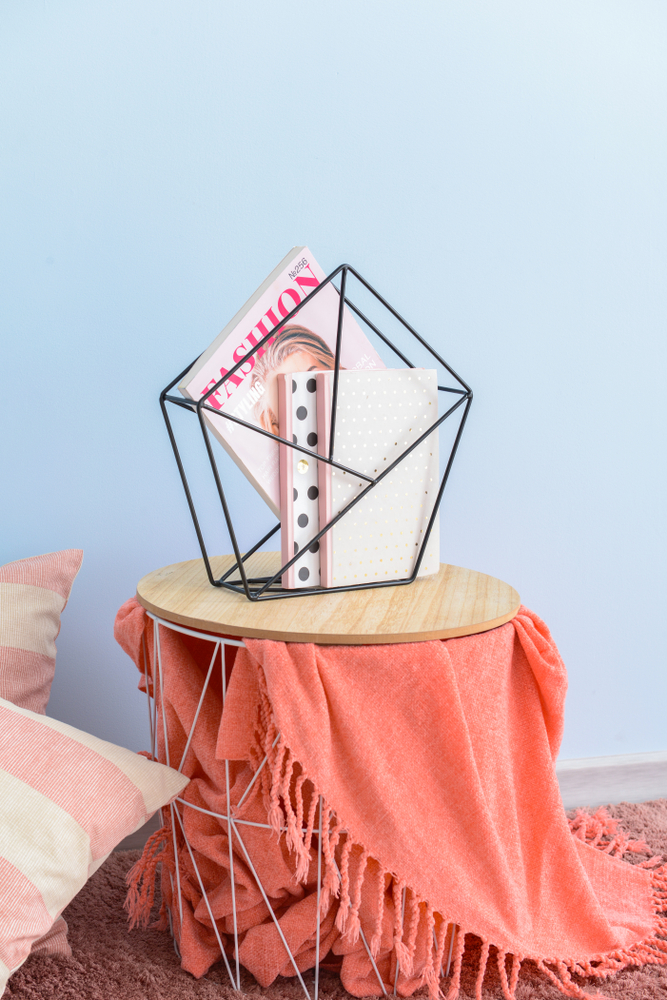

Leave a Reply